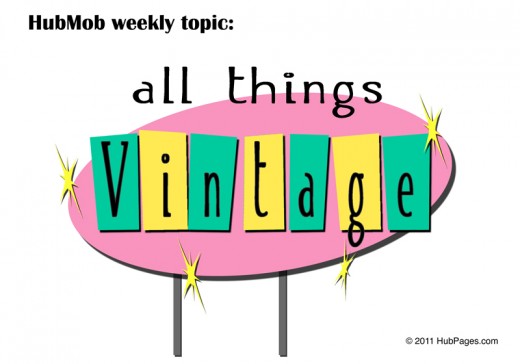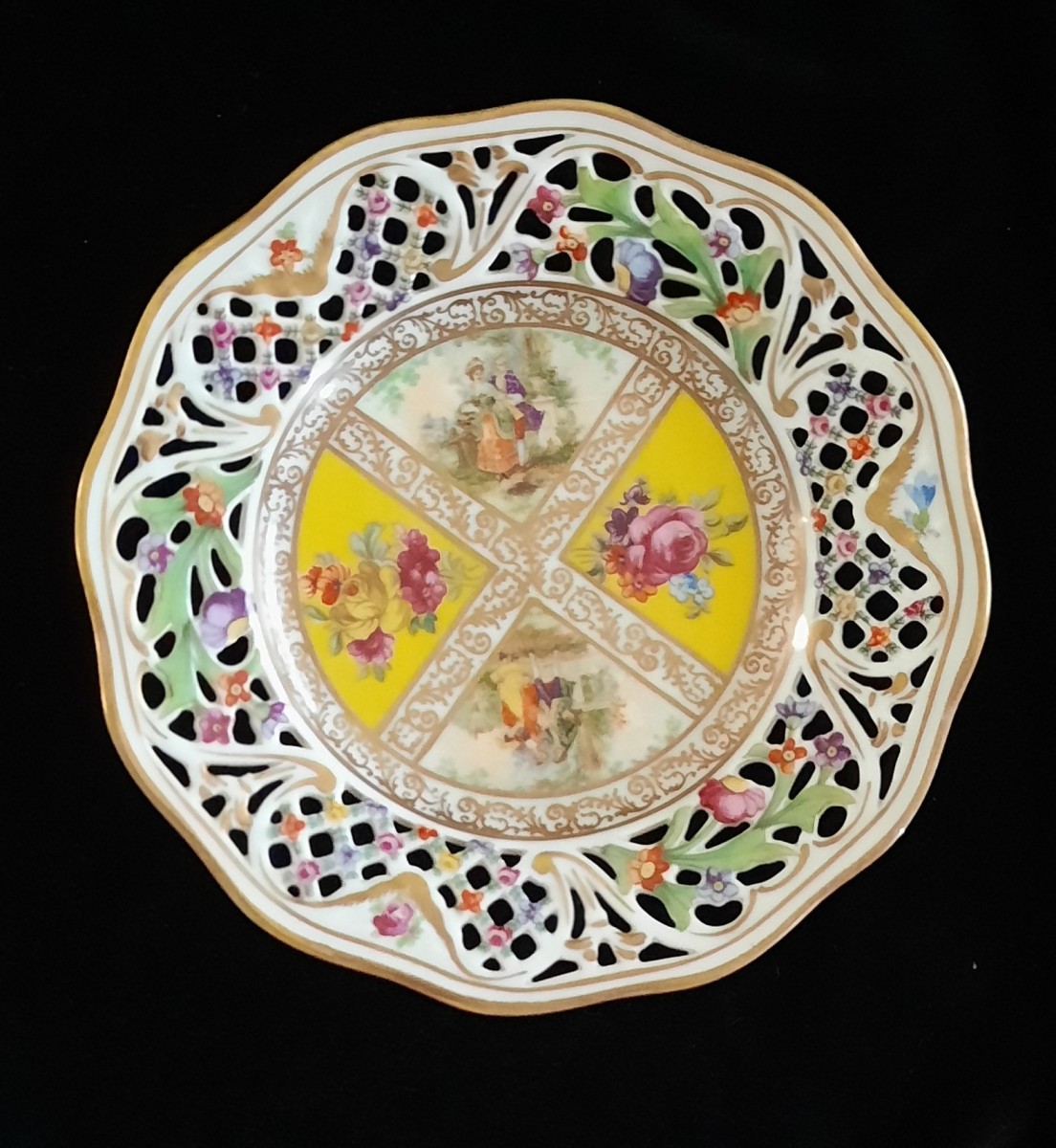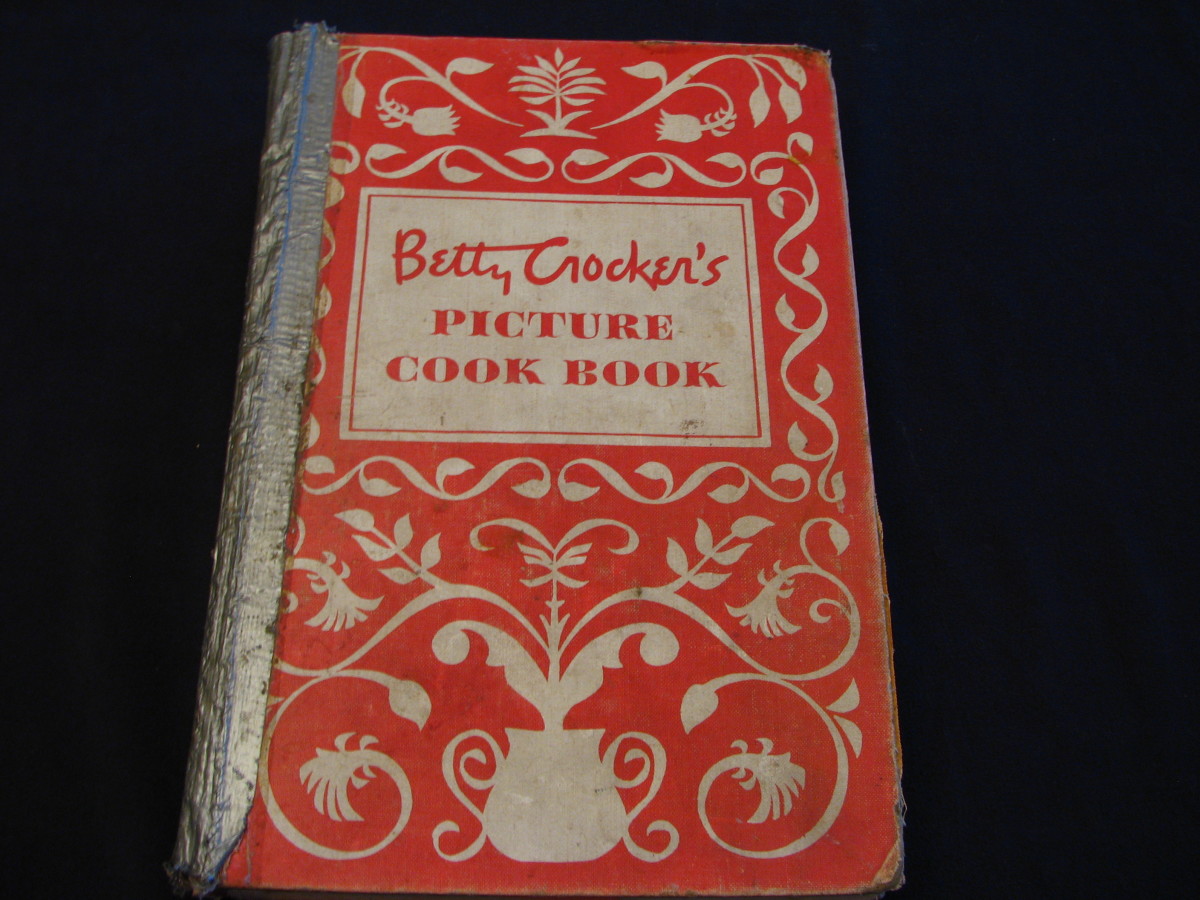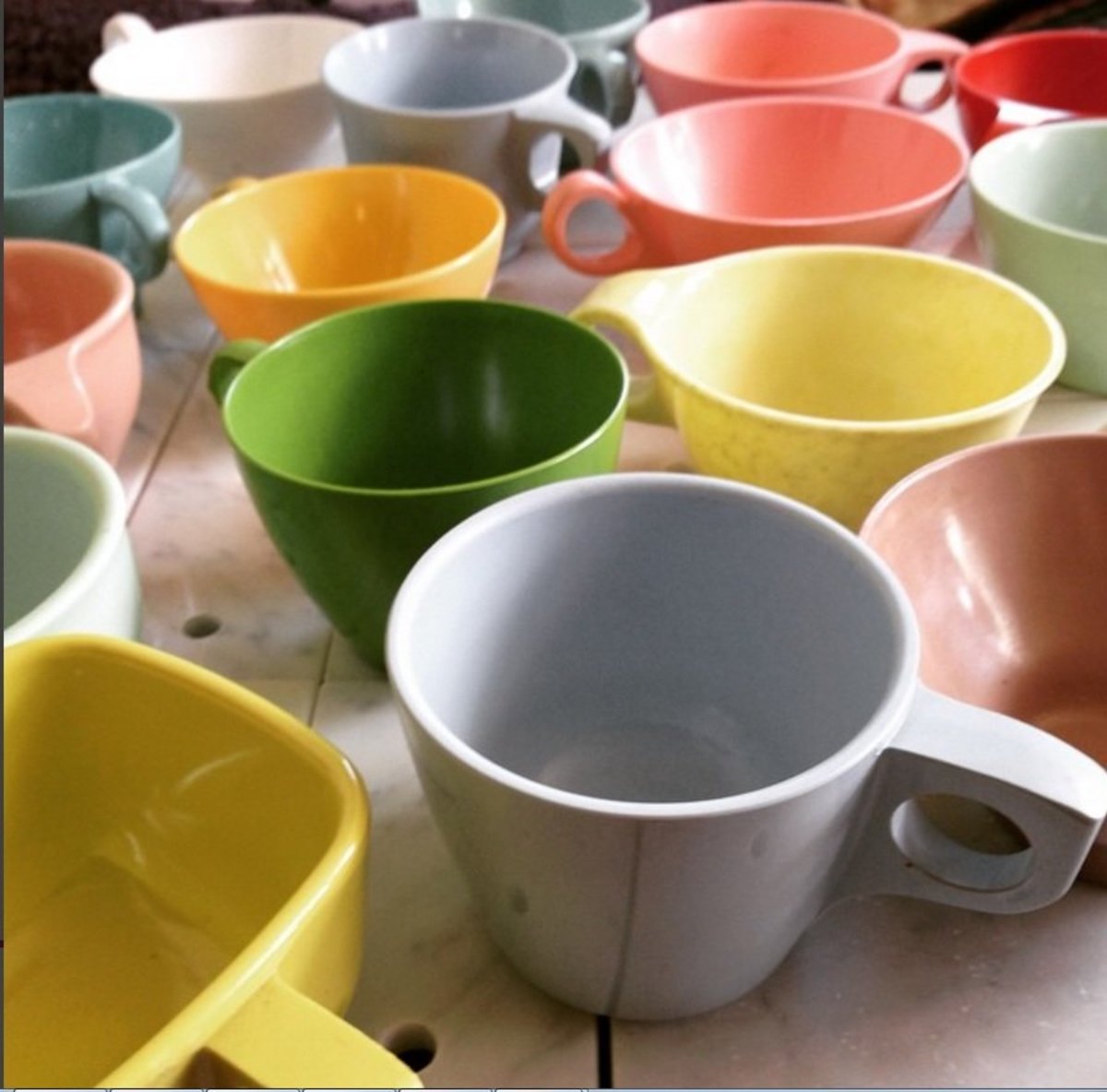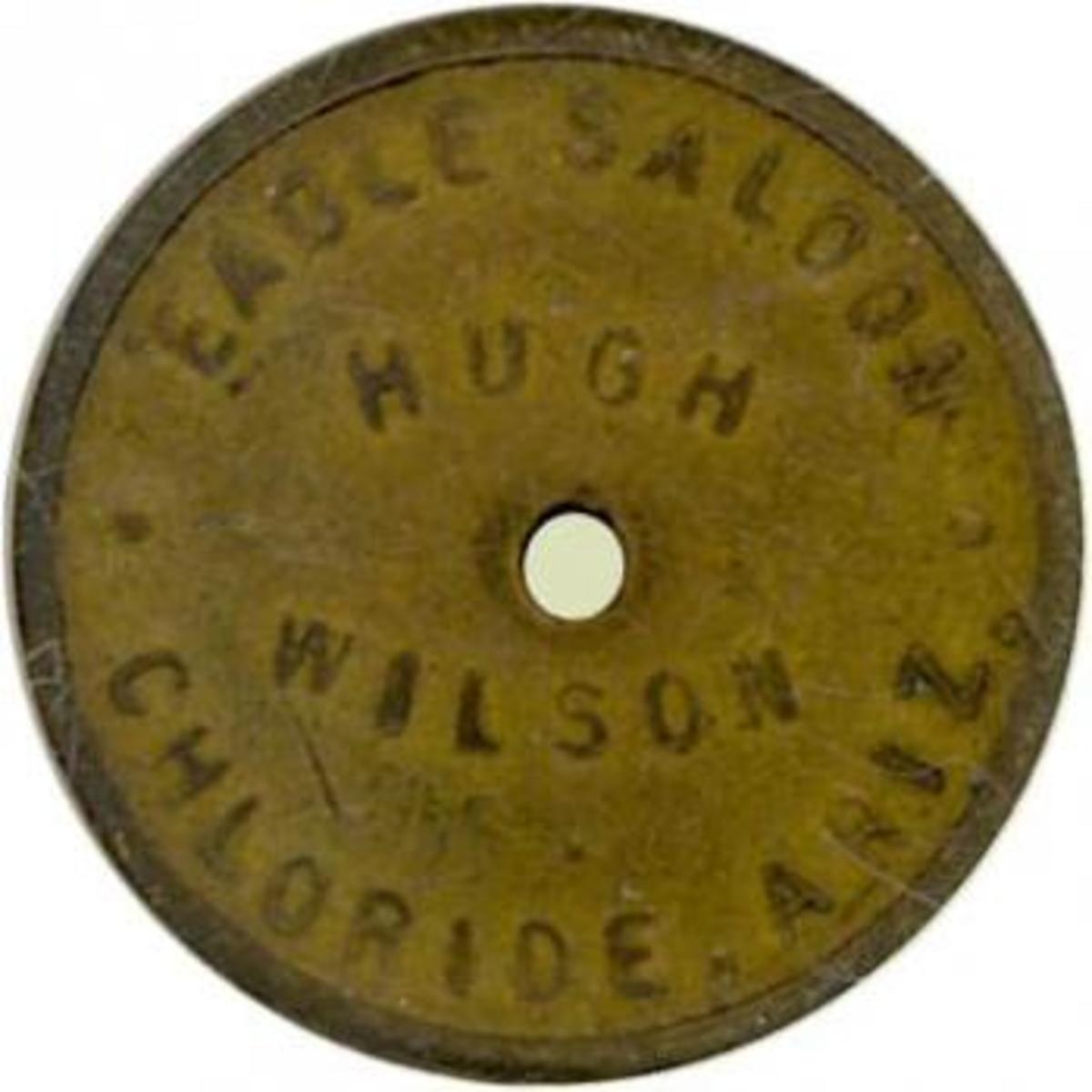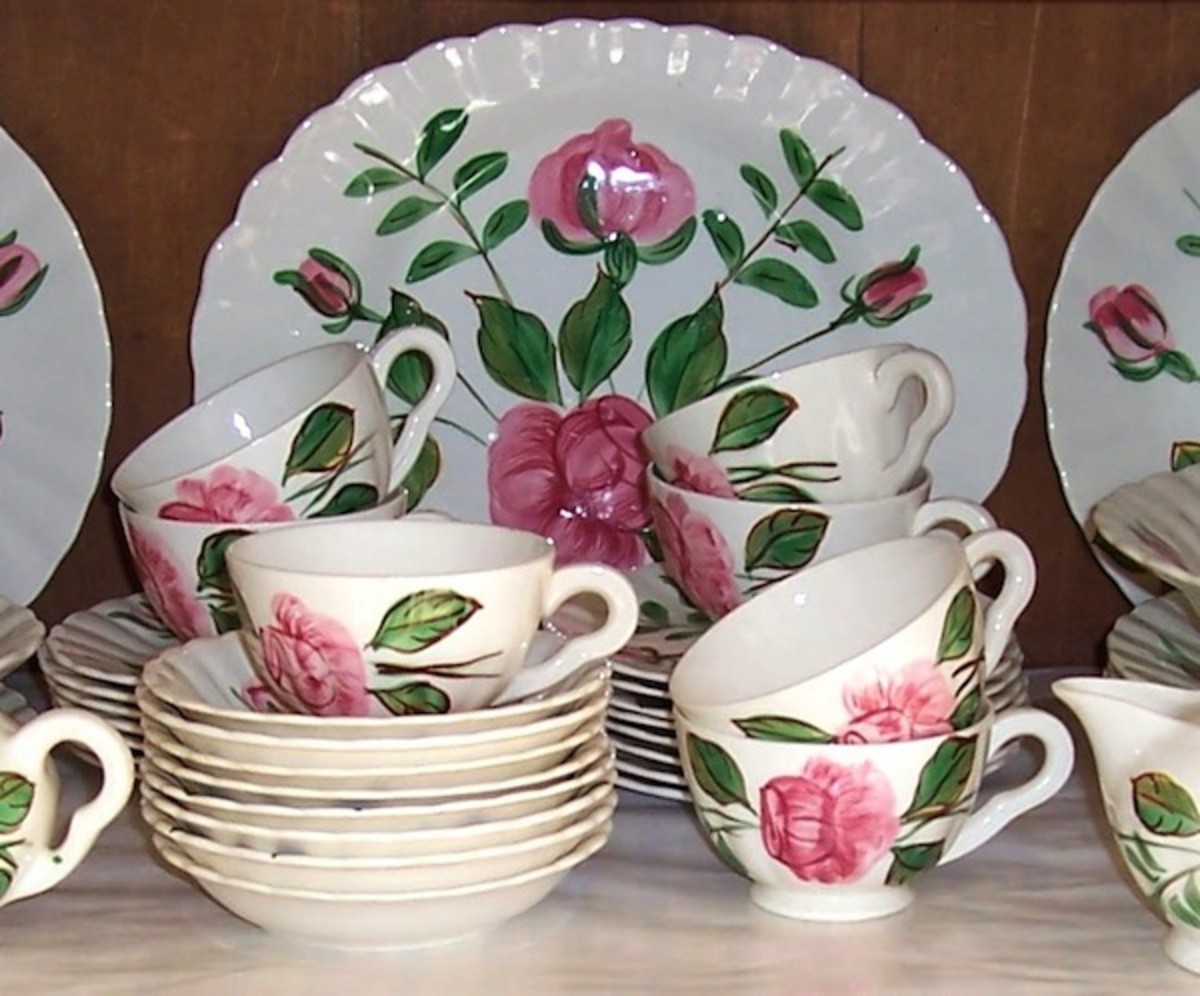Collecting Antique Vintage Signs
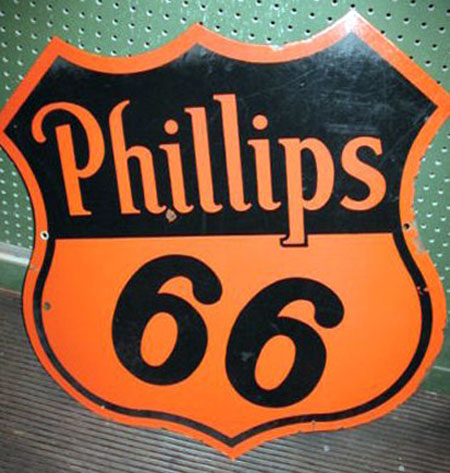
Thanks to popular TV shows like American Pickers, Antiques Roadshow and even Pawn Stars, more people are discovering how valuable many vintage items can be. One of the most popular categories of vintage collectibles is signs and advertisements. Vintage signs are a fantastic way to stroll down memory lane and are fascinating conversation pieces. They can also provide historic value and decorative beauty. Vintage signs were primarily made of materials such as tin, wood and porcelain. However, neon signs became popular in the 1920’s and can be quite valuable because of their fragile nature.

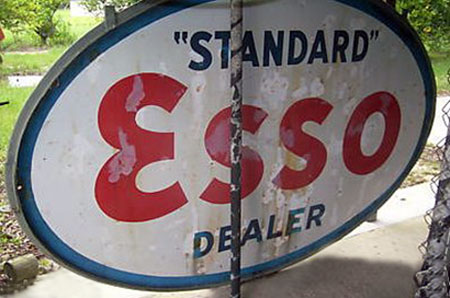

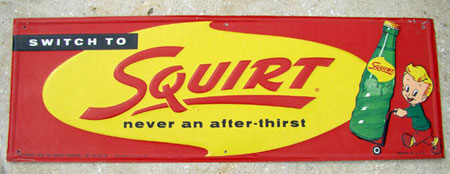
Types of Vintage Signs
Vintage Porcelain Signs
Porcelain signs were first manufactured in Europe in the 1800’s and made their way to the United States in the 1890’s. Porcelain signs were made by fusing powdered glass onto rolled iron. Different colors were stenciled on and fired, creating a different layer for each color. In the U.S. sign makers began using silkscreened designs and steel instead of iron. Porcelain signs proved to be very durable and were perfect for withstanding the weather, so they became the advertising standard around the country. Around 1950, porcelain sign materials and labor became too costly, so the advertising industry began shifting more toward tin signs. It is very difficult to find porcelain signs in original condition, so they can command a high value.
Vintage Tin Signs
Tin signs have been around since the turn of the century, but were most popular during the 1920’s. They were easy to manufacturer and were generally painted with enamel colors. During World War II, there was a dire need for metal to produce military equipment, so the majority of tin advertising signs were melted down. This is why pre-war vintage metal signs are so valuable. Tin signs had a small resurgence in the 1950’s, but they never regained the popularity they once had among advertisers. It can be difficult to find good tin signs because of their vulnerability to rust and vandalism.
Neon Signs
Neon signs were a French invention in the early 1900’s. The first business in the U.S. to use a neon sign for advertisement purposes was a Packard auto dealer in Los Angeles, CA in 1923. Their ability to grab attention assured their popularity among advertisers. A vintage neon sign’s high value can be attributed to several factors. Neon signs had to be handmade so that the small glass tubes could be bent and turned and the inert gas filled and locked in. Most early neon signs were also very large and difficult to move around. The 1950’s were the heyday for neon signage. All along Route 66, as well as entertainment meccas like Las Vegas, NV, the neon sign was a staple of Americana. However, the 1960’s saw many cities pass laws that regulated the used on neon signs along their highways which eventually led to their decline.
Value and Caution
When it comes to vintage signs, several factors need to be considered when determining value. As with any vintage item, age is a prerequisite, but it doesn’t necessarily mean that older is more valuable. Generally, vintage signs were manufactured from about 1900 to 1960. Scarcity is another factor. The war years took a heavy toll on advertising signs and most were melted down to aid the war effort. A sign from the early 1940’s, regardless of condition, is usually considered quite valuable. A sign’s condition is also a major factor for most collectors. These signs spent the majority of their time outside and were abused by the weather and the public. This makes flawless signs an extremely rare find, so the better the condition, the higher the value.
Collecting Vintage signs can be fun and profitable. The Internet has made it easy to find a ton of information on the subject before buying or selling, but always be alert for scams. Vintage signs are relatively easy to reproduce, so doing research and knowing what to look for on original signs is the only way not to get burned on a deal. Many vintage were stamped with a manufacture date and knowledge about antique signs is the best way to spot counterfeits.
An Avid Sign Collector
Vintage Sign Information
- Antique Advertising Store Collectibles | Antiques & Collectibles Price Guide | Kovels.com
Antiques & Collectables: Looking for Advertising Parent, Antiques, Antique, Collectibles, Collectables, Advertising, Auto, Barber, Beer Cans, Bottle, Bottle Caps, Bottle Openers, Buster Brown, Calendar Plates, Campbell Kids, Candy Containers, Car - 60 Rare and Unusual Vintage Signs - Smashing Magazine
60 Rare and Unusual Vintage Signs - Best of Antiques, Vintage, Collecting | Collectors Weekly
Browse, research, and explore the world of antiques, vintage, memorabilia, and collecting....
